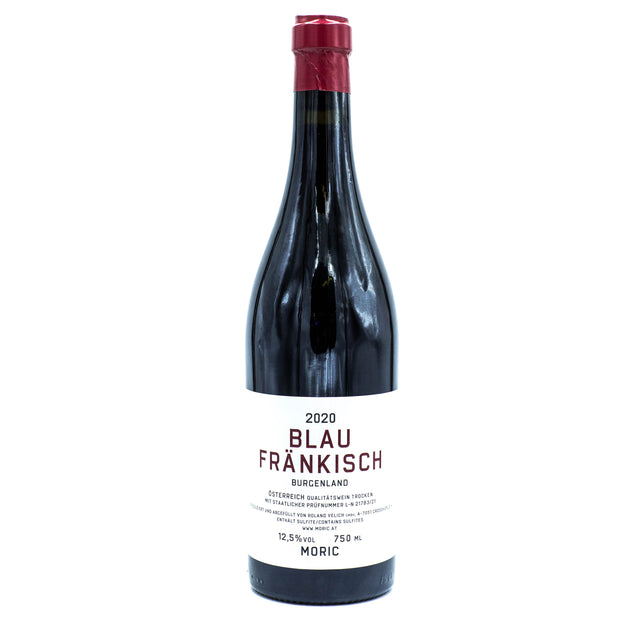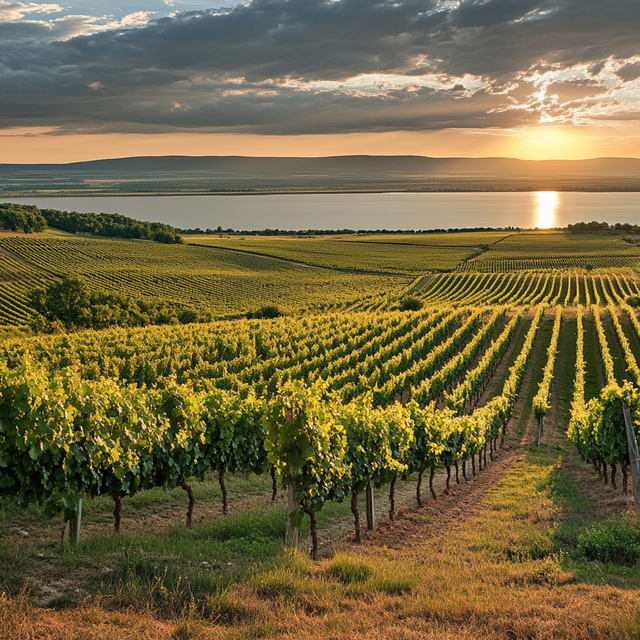Burgenland, Austria's easternmost region, is defined by its warm, continental Pannonian climate, resulting in opulent and authoritative wines across the spectrum. While known for producing some of Austria's most powerful red wines, particularly from Zweigelt and Blaufränkisch, Burgenland also excels in complex white wines and extraordinarily fine sweet wines. Key white varieties include Chardonnay, Pinot Blanc, Grüner Veltliner, and Welschriesling. The region is geographically diverse, with Eisenberg in the south known for mineral Blaufränkisch, Mittelburgenland and Rosalia for fruit-driven Blaufränkisch, Leithaberg for complex whites and Blaufränkisch, and the Neusiedlersee and Seewinkel areas in the east renowned for both powerful Zweigelt reds and exceptional botrytized sweet wines.
Austria - Burgenland
Blaufränkisch is a quintessential Central European grape, and Austria's signature red variety. This indigenous grape, likely a crossing of Sbulzina and Weißer Heunisch, is historically significant throughout the former Habsburg Monarchy, known as Lemberger in Germany and Kékfrankos in Hungary. Blaufränkisch thrives in Burgenland, particularly in Mittelburgenland, Eisenberg and Leithaberg, where it produces structured red wines with a distinctive profile. Expect notes of wild berries and cherries, underpinned by a powerful acidity. Blaufränkisch wines are known for their dense structure and prominent tannins in youth, evolving into velvety, complex wines with excellent aging potential. This is a grape that truly reflects its origins, offering a compelling and age-worthy expression of central European red wine.




